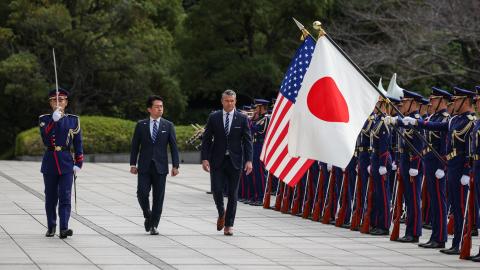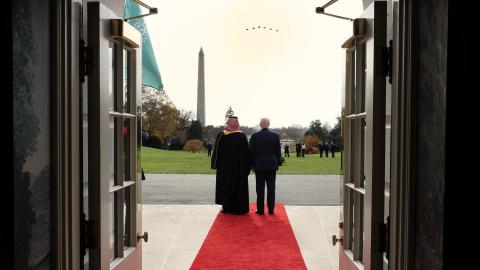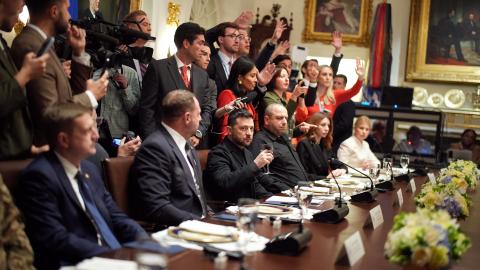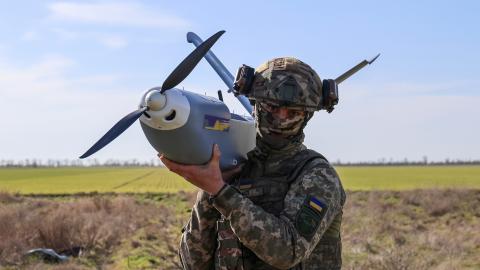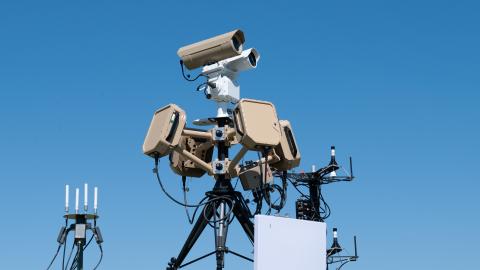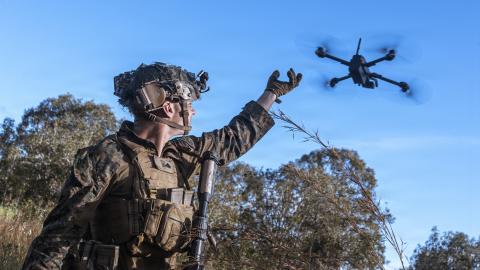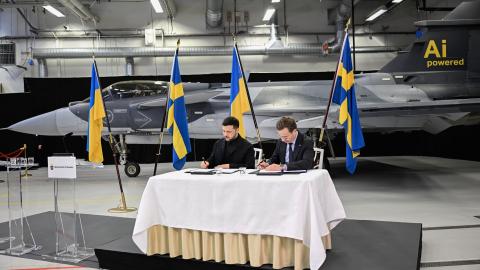Executive Summary
- Battlefield assessment: The Russian military has breached Ukraine’s outer ring of defenses around the long-embattled city of Pokrovsk.
- Drone warfare update: Russian unmanned ground vehicles equipped with electronic warfare suites now help intercept aerial drones. Additionally, Russia has upgraded its Iran-designed Shahed drones with Chinese-made camera systems, making the weapons system more effective against moving targets.
- Gripen fighter aircraft for Ukraine: Sweden and Ukraine signed a letter of intent that Ukraine will purchase between 100 and 150 Swedish Gripen aircraft.
- What to watch for: (1) Will Russia capitalize on the Pokrovsk breach? (2) How will Ukraine weather heavy aerial assaults ahead of a harsh winter?
1. Battlefield Assessment: Russian Troops Enter Pokrovsk
Last week saw a reduction in tactical engagements across the battle space. According to the Ukrainian General Staff, Ukrainian forces fought between 120 and 140clashes per day on average, down from the previous week’s peak of over 200.
The Ukrainian military has officially admitted that Russian troops have entered Pokrovsk. Open-source images from the embattled city depict heavy urban warfare. Elite Russian combat formations, in addition to preying on Ukrainian drone operators, are likely targeting Ukrainian information superiority and reconnaissance-strike capabilities. Last summer, Ukrainian sources identified Russian sabotage groups in the city, which remains key to the defense of eastern Ukraine.
Wrecked Armor in Pokrovsk
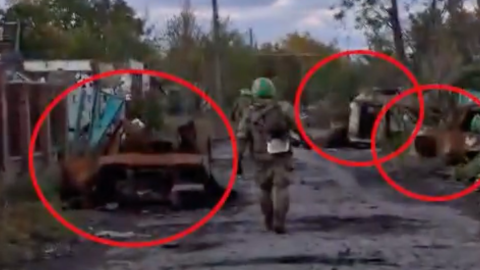
Screenshot via Ukrainian Pravda (@ukrpravda_news) on X.
Russia targeted Kherson with multiple-launch rocket systems (MLRS), deliberately hitting civilians with artillery fire. The Kupiansk, Orikhiv, Vovchansk, and Lyman sectors also saw heavy combat.
In addition, the Russian Aerospace Forces (VKS) continued to launch overwhelming missile and drone salvos. And as winter descends on Ukraine, widespread power outages plague the country.
2. Drone Warfare Update
New developments in drone warfare continued to shape the battle space. Open-source intelligence revealed the existence of a Russian unmanned ground vehicle (UGV) equipped with an electronic warfare suite designed to intercept aerial drones. The visual evidence of this novel platform suggests that robotic warfare has reached a new paradigm in which UGVs operate as soft-kill platforms in counter-drone defenses. This report will continue to note the new system’s frontline deployment as open-source intelligence reveals further details.
Drone wreckage data that Ukraine has obtained from multiple intercepted platforms suggests that the Russian military is equipping its Iran-designed Shahed drones with Chinese-made camera systems and radio-datalink suites. These advances enable operator-in-the-loop course corrections—targeting adjustments performed by a human in real-time—at a range of about 124 miles.
Drone Wreckage Shows Chinese-Made Camera
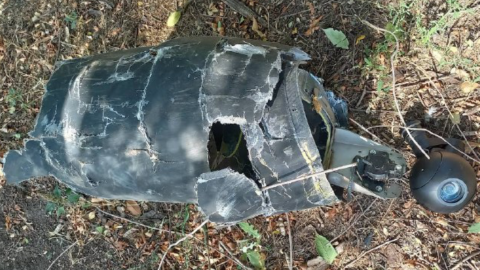
Image via Serhii Flash (@serhii_flash) on Telegram.
Previously, Shaheds were largely simple, preprogrammed, one-way attack drones. But with live video feeds and modest command uplinks, this system is becoming highly effective against predictable moving targets like railcars in large convoys or at established junctures. This poses a severe new threat to Ukraine’s rear-area activity and logistical lifelines.
3. Swedish Gripens for Ukraine
On October 22 Ukrainian President Volodymyr Zelenskyy traveled to Sweden to meet with Prime Minister Ulf Kristersson. Zelenskyy’s trip included a visit to Saab, the maker of the JAS-39 Gripen combat aircraft and the GlobalEye airborne surveillance platform.
Notably, Ukrainian and Swedish officials signed a letter of intent committing to long-term cooperation in air warfare, confirming their shared goal that Ukraine will purchase 100 to 150 new Gripens from Sweden. If fulfilled, this agreement would be the most significant military aircraft export order in Swedish history. Kristersson pointed out that Russian assets frozen in Europe could help finance the deal, in conjunction with contributions from allied nations. But he also emphasized that substantive work remains to be done to reach a final agreement.
The Gripen’s technical features make it a perfect fit for Ukraine. The Swedish Air Force has designed its doctrine around sustaining air superiority while operating from widely dispersed sites—including highways—under intense pressure. The Gripen’s design philosophy fits that concept well: it needs only two support vehicles, a six-member ground crew, and a single maintenance specialist to keep it combat ready, and it can run in temperatures as low as minus 78 degrees Fahrenheit. It also fields an electronic warfare suite reportedly tailored to disrupt Russian fighters and integrated air defense networks.
Nonetheless, observers should understand Ukraine’s potential acquisition of the Gripen as a boost to its long-term preparedness. Ukraine needs combat aircraft to defend its skies now. The Gripen deal is at least a few years from meaningfully improving Ukraine’s air warfare deterrent and cannot serve as an immediate answer for Kyiv’s strategic needs.
4. What to Monitor in the Coming Weeks
- The Russian incursion in Pokrovsk: Now that Russian formations have breached the outskirts of the city, it will be important to monitor whether follow-on forces—heavy armor, in particular—can capitalize on initial gaps in Ukraine’s defenses. Ukrainian combat formations will likely surge to repel the limited Russian incursion.
- Russia’s winter offensive tempo: Widespread power outages have already begun to plague Ukraine, a potentially critical development ahead of a harsh winter. As a result, heavy aerial salvos from Russian forces could make the forthcoming weeks particularly dangerous for the Ukrainian people.
